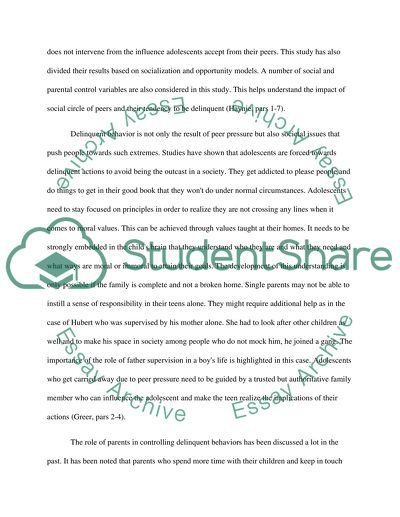Cite this document
(Social Relationships: Pressure or Driving Force Assignment, n.d.)
Social Relationships: Pressure or Driving Force Assignment. Retrieved from https://studentshare.org/sociology/1486429-argumentive-essay
Social Relationships: Pressure or Driving Force Assignment. Retrieved from https://studentshare.org/sociology/1486429-argumentive-essay
(Social Relationships: Pressure or Driving Force Assignment)
Social Relationships: Pressure or Driving Force Assignment. https://studentshare.org/sociology/1486429-argumentive-essay.
Social Relationships: Pressure or Driving Force Assignment. https://studentshare.org/sociology/1486429-argumentive-essay.
“Social Relationships: Pressure or Driving Force Assignment”, n.d. https://studentshare.org/sociology/1486429-argumentive-essay.


